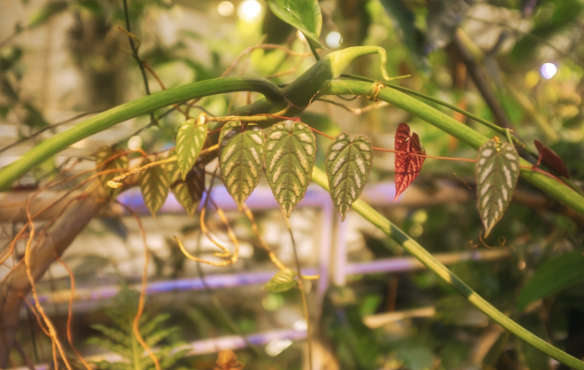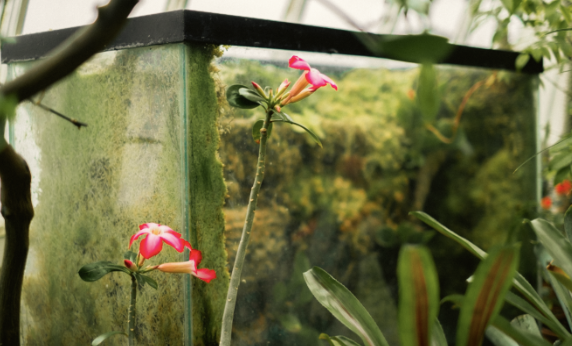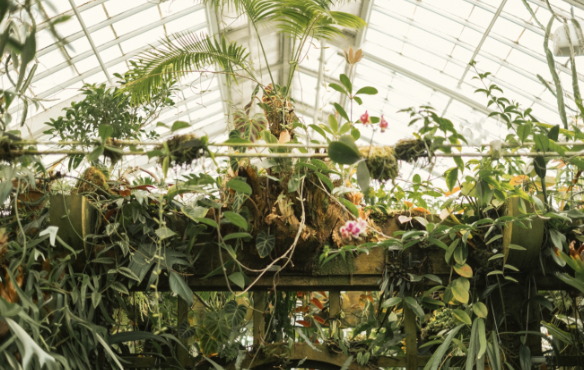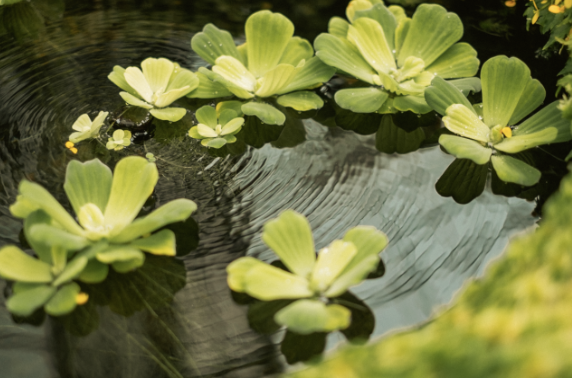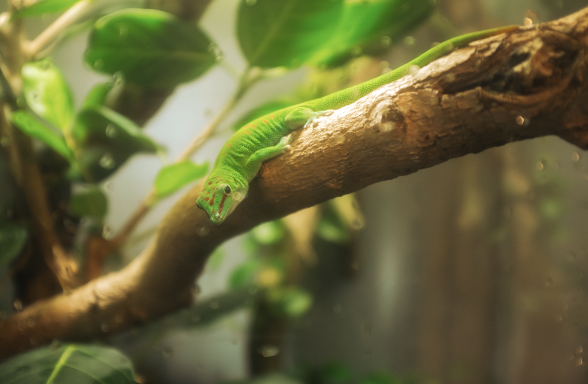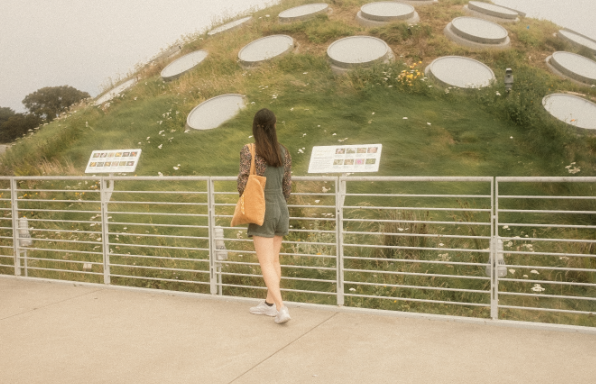The Hues of Nature Beyond Green

The Hues of Nature Beyond Green by Elena Hsieh
“Go Green”, they say.
Environmentalism and nature has historically been whittled down to the color green, as a representation of the botanical elements that is associated with all things natural. From juniper to sage, fern to moss, olive to seafoam, forest to jungle– it seems fitting that nature is representative of all things green. If you have a green thumb, you have befriended plants and is one with nature. Environmental initiatives like recycling signs and compost bins are often shrouded in green, perpetuating the narrative that returning things to the natural form would make you an environmental citizen that has done your due diligence.
But what if this color symbolism is reductive?
Nature, like people, is not just one shade. There is an abundance of color that is often shadowed by the overwhelming amount of chlorophyll in most plant life. Recently, I visited the San Francisco botanical garden at the Golden Gate Park, and the colors in all elements of nature demonstrated that nature is not lacking in vibrant hues aside from green.
Red is tucked away as bromeliad blooms in the abyss of green palms and alocasias. It offers a momentary pause from the homogeneity of green life. Red is tinged on the fins and tails of catfish, giving them a unique look from the monochrome orcas and whales of the vast sea.
Yellow is the stunning bulbs interspersed between the leaves of the Golden Shrimp plant. It defines the name of the species, for the green leaves are only filling negative space to showcase the gleaming floral trophies.
Blue is striking schools of minnows that swim like horizontal dashes moving across a screen. Blue is the stunning macaws that sit atop woody terraces to preen their feathers. Blue is the beautiful afternoon sky that casts an atmosphere of tranquility for a family picnic.
Purple is the beautiful wisteria blooms that trickle over the gateways of the Japanese Friendship Garden.
Pink is the pops of color highlighted on the undersides of leaves and blooms of nearby flowers.
White is the bountiful bushes that invites in humble bumblebees, granting them sweet nectar in exchange of pollination.
And finally, green is the plentiful plants meticulously interspersed throughout the garden. It is the potted plants, the cheeky anoles, and the rolling hills that give nature its visual texture.
Nature is abundantly painted with green, but the splashes of reds, oranges, yellows, blues, purples, pinks, and whites are what makes it all the more lively and inspiring as a living testament to the power of diversity.









